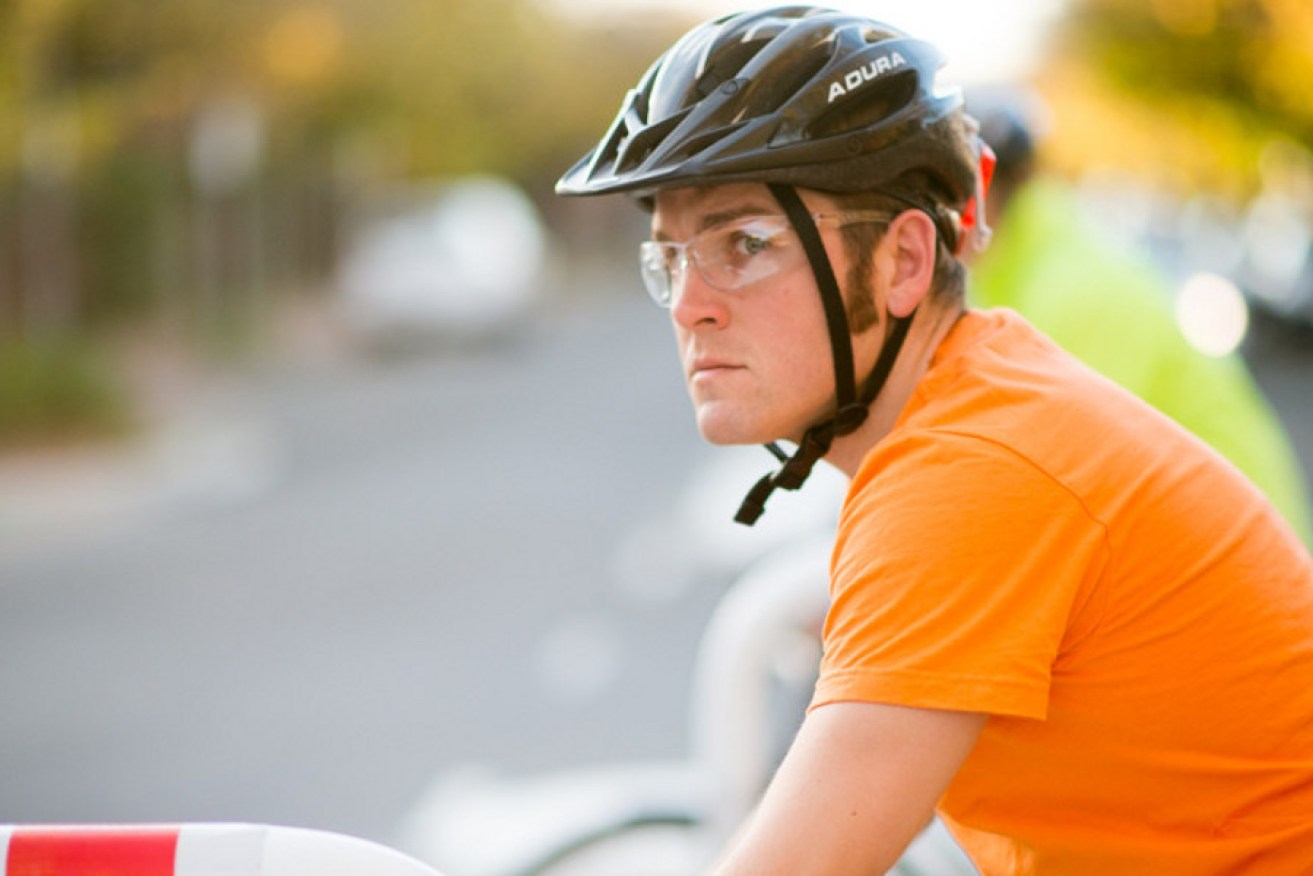Australia leads parts of Europe in cycling uptake


Photo: Nat Rogers|InDaily
‘New’ cycling countries like Australia are teaching some ‘old’ cycling countries in Europe how to attract more riders.
In Denmark, cycling has been in decline since 1992, and over the past five years, cycling tourism has stagnated in parts of Europe.
Cycling in Australia, on the other hand, has boomed over the past decade.
Between 2001 and 2010, participation in cycling has increased by 45 per cent, according to an Australian Sports Commission report. Between 2001 and 2013, bike sales have increased 43 per cent, from 774,000 to 1,365,000.
Cycling in Adelaide’s CBD has grown by over 88 per cent since 2003. Bike SA forecasts an annual growth rate of 3.2 per cent in bike purchases, on average, between 2012 and 2017.
German Cyclists Association national director Burkhard Stork said Germany was turning to countries such as Australia to understand what it takes to bring new cyclists to the road.
“In this point we could learn from the new cycling cities … because they have learned how to attract people to cycle,” he said.
“Germany is an old cycling country; an original cycling country, (but) we learn at the moment from these Western countries reinventing the bike – Northern America, Australia (and) some cities in Latin America.”
Stork, in Adelaide for last week’s Velo-city Global cycling conference, told InDaily ‘new’ cycling countries were enjoying such rapid growth because of investment in infrastructure which made recreational cyclists feel safe.
“Here you have a bike lane that was made from part of the street. There was space taken from the street to make the conditions for cyclists better. This, we don’t have in Germany,” he said.
Stork said that while Germany had enjoyed a strong cycling culture for many decades, the country had neglected to invest in cycling infrastructure.
“There are some painted bike lines, there are some bike tracks on the pavement; but in most streets, we don’t have cycling infrastructure facilities.
“We learn in the moment how to make cycling attractive for people, and that is with these wonderful, separated bike lanes.”
Stork cites a study from Portland in the US, which categorised cyclists as ‘strong and fearless’ (<1 per cent), ‘enthused and confident’ (7 per cent), ‘interested but concerned’ (60 per cent) and ‘no way no how’ (33 per cent).
The problem with attracting new cyclists in ‘old’ cycling countries, he said, was that cycling advocates were overwhelmingly of the ‘strong and fearless’ sports cyclist type, uninterested in safety measures and slower speeds implicit in separated bike lanes. The people those advocates were looking to attract to cycling, however, generally fit into the ‘interested but concerned’ casual rider category.
General manager of Bicycle Industries Australia Peter Bourke agreed the surge in the number of Australian cyclists was “because you’ve got governments across Australia investing”.
“All the studies have shown that people … want to ride, but there are a number of barriers to why they don’t – certainly, infrastructure, and the feeling of not being safe because of the interaction of bikes with traffic.
“If they got serious and actually invested a reasonable amount, we would actually see huge increases.”
One European country is leading the world in both cycling take-up and retention.
“We use the Netherlands as a shining example,” said Bourke.
The Netherlands has more than 30,000km of bike routes across the country, and an almost 50/50 share of male and female cyclists.
“The Netherlands have more women than men ride a bike to work, or ride a bike for transport. In Australia, depending where you are, it’s generally 20 per cent of all riders are women.”
During the ’70s, a spate of child fatalities and the oil shock of 1973 prompted the Netherlands to ramp up the share of transport infrastructure for bikes to 30 per cent.
In Australia, that share remains below 1 per cent.
“They had relatively low rates of cycling in the ’70s and they’ve invested. It’s only recently that the Australian government has identified the benefits (of cycling).”
According to Bourke, Australian governments have the opportunity to further increase cycling rates dramatically, which he said would lower congestion, improve health and benefit the environment.
“When you start from such a low base, if you do anything, you’re probably going to see an increase,” he said.




